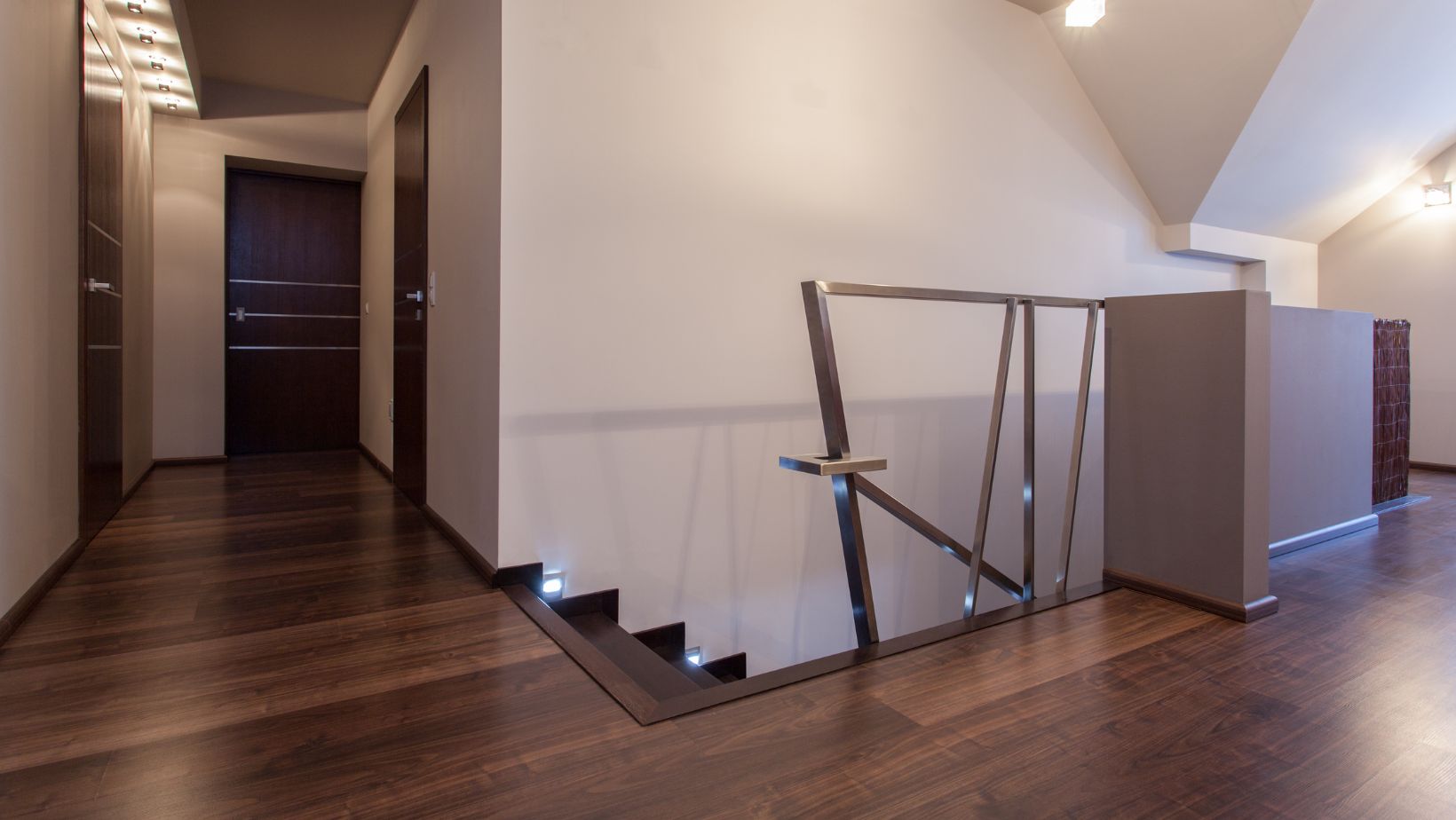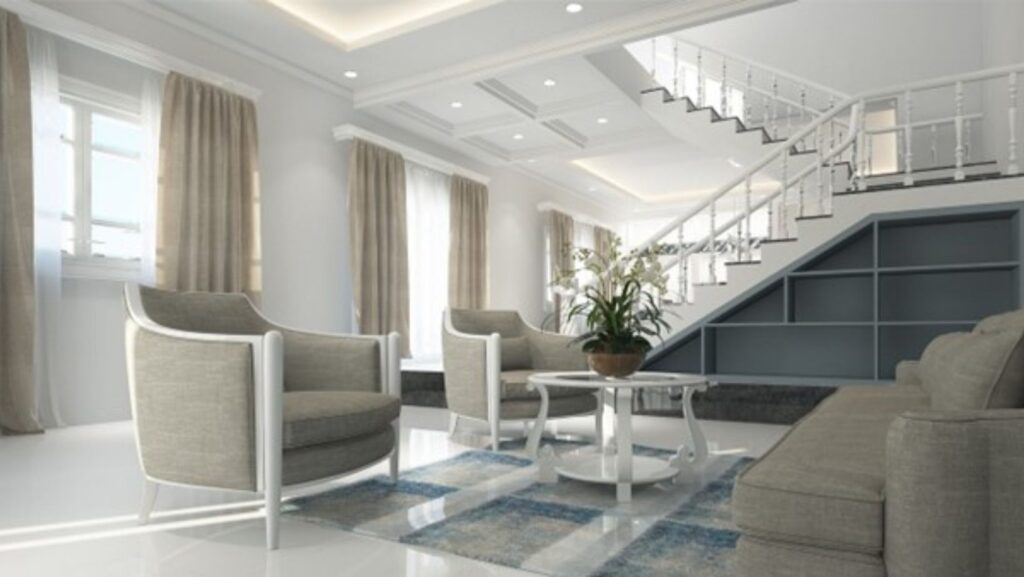Adding a lift to your home is a significant decision that can enhance both accessibility and convenience. Whether it’s for mobility needs, convenience, or future-proofing your home for aging in place, a residential lift can provide immense value. However, before moving forward with installation, several factors need to be carefully evaluated to ensure the lift suits your home’s needs and fits within your space and budget. Let’s explore some of the most important considerations when installing a lift in your home.
Space and Structural Requirements
The first thing to assess is whether your home has the necessary space and structural support for a lift. Installing a lift requires a vertical space that runs through multiple floors, and you’ll need to determine whether your home’s layout can accommodate this. Some homes have more obvious areas where a lift can be installed, such as an open stairwell or unused closet space, while others may require more extensive remodeling.
It’s crucial to consult a structural engineer or architect to ensure that your home can safely support the lift installation. Some lifts, especially traditional ones, may need dedicated machine rooms or pits, while more modern alternatives might not. If your home has limited space, you might want to consider smaller, more compact lifts that do not require significant structural modifications.
Types of Lifts Available
There are several types of lifts to consider, each with its own features, benefits, and installation requirements. The most common options include traditional hydraulic lifts, traction lifts, and pneumatic vacuum lifts. Each has different operational methods and space requirements, so understanding the differences is essential to making the right choice.

Hydraulic lifts are known for their smooth ride and heavy lifting capacity, but they often require a machine room and more space for installation. Traction lifts, commonly used in commercial buildings, have become popular in homes due to their efficiency and relatively quiet operation. Lastly, pneumatic vacuum lifts are modern, space-saving options that require minimal structural changes and offer sleek, contemporary designs. When selecting a lift, consider factors such as noise levels, maintenance needs, and how much weight the lift needs to carry.
Accessibility and Mobility Needs
If you’re installing a lift to address current or future mobility needs, it’s important to consider how the lift will support accessibility. Think about who will use the lift and how often. For individuals with limited mobility or those using wheelchairs, you’ll want a lift that is spacious enough and equipped with safety features like grab rails, emergency buttons, and easy-to-use controls.
Additionally, consider the design of the lift’s entry and exit points. The installation should allow for a smooth, barrier-free transition from one floor to another. Ensuring that the lift car is wide enough for mobility devices, such as wheelchairs or walkers, is critical for the user’s comfort and independence. Consulting with a mobility specialist or a company like Stiltz Lifts South Africa can provide valuable insights into selecting the right lift for your needs. Also, they will be ensuring that it meets safety and accessibility standards.
Budget and Cost Considerations
Installing a home lift is a significant investment, and costs can vary widely depending on the type of lift, the complexity of the installation, and any required structural modifications. Hydraulic lifts tend to be more expensive due to their larger size and the need for a machine room. In contrast, vacuum lifts or compact models may offer a more budget-friendly option.
In addition to the initial purchase and installation costs, it’s also important to factor in ongoing maintenance and potential repair expenses. Some lifts require more frequent servicing than others, and these maintenance requirements can add to the long-term cost of ownership. Make sure you have a clear understanding of the total cost before committing to a specific lift model.
Aesthetic and Design Integration
While functionality is key, the aesthetic impact of a lift on your home should not be overlooked. A well-designed lift can complement your home’s interior and even add to its overall appeal. Many modern lifts are available in various finishes, colors, and styles, allowing them to blend seamlessly into the existing décor.

Think about where the lift will be placed and how it will integrate with the rest of the space. For homes with an open floor plan, a glass-walled lift can provide a modern, airy feel without interrupting sightlines. On the other hand, a more traditional home might benefit from a custom-built lift with wood paneling or other features that match the surrounding design elements.
Regulations and Permits
Before installing a lift, it’s important to check local building codes and regulations. Some regions require specific permits for residential lift installations, and there may be safety codes that must be met. These regulations are in place to ensure that the lift is installed safely and correctly.
Working with a professional installer who is familiar with local building codes can help ensure that all necessary permits are obtained and that the lift is installed in compliance with safety standards. This not only ensures peace of mind but also protects the value of your investment.
Your lift installation process should be well-planned and tailored to your home’s specific needs. By considering factors like space, lift type, accessibility, and budget, you can ensure that your home lift enhances your quality of life while maintaining the structural and aesthetic integrity of your home.


More Stories
Why Allergy Sufferer Needs an Air Purifier at Home: Improve Your Well-Being
Minimalist Interior Design Ideas for Small Student Apartments
The Permit Advantage: How Residential Building Permits Protect Your Investment